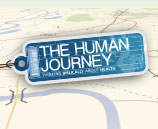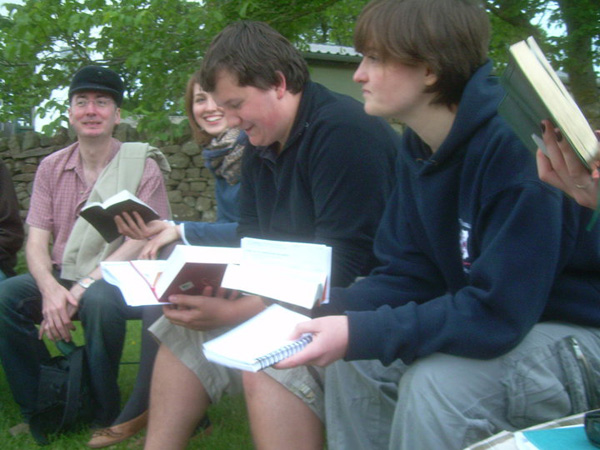Andrew Miller explores the healing of a man born blind.
'They came to Bethsaida, and some people brought a blind man and begged Jesus to touch him. He took the blind man by the hand and led him outside the village. When he had spat on the man's eyes and put his hands on him, Jesus asked, "Do you see anything?" He looked up and said, "I see people; they look like trees walking around." Once more Jesus put his hands on the man's eyes. Then his eyes were opened, his sight was restored, and he saw everything clearly. Jesus sent him home, saying, "Don't go into the village." '
Mark 8:22-25
The healing of a blind man at Bethsaida is the only one of Jesus' 23 recorded healing miracles in which the cure was in two stages rather than instantaneous. In spite of numerous rationalisations, it is rare to hear a convincing explanation for this anomaly. One that fits with all the other information in this story is that Jesus knew that the man would not have been able to cope with a dramatic instantaneous result. There are several relevant clues in the account to this man's underlying personality:
1. He came to Jesus because his friends brought him. Everybody else approached Jesus directly (except those unable to do so due to paralysis). Indeed Bartimaeus, another blind man, did so in a very pushy manner, judging by the crowd's hostile reaction (see Mark 10:46-48).
2. Jesus took this man outside the village (ie away from other people) before he took any action. This too is unique in that Jesus didn't act on the spot. It is noteworthy that, although the man must have known the way, Jesus held his hand to gain his trust.
3. After the first touch, it is said that the man looked up rather than around.
4. Afterwards, Jesus told him to stay away from the village – even though he would have had to return eventually.
5. Afterwards he neither followed Jesus nor went around exclaiming to everybody what had happened.
All this makes sense if we see this man as someone who was so passive and had such a poor self-image (much of which may have been the result of years of helplessness, dependence upon others, inability to work, difficulties in relationships, the social stigma of being blind) that he didn't even have the motivation to seek Jesus' help and so had to be pushed by his friends towards Jesus. He needed privacy initially to be able to cope with this life-changing encounter, and privacy afterwards to allow the full magnitude of what had happened to sink in fully before going back to face his fellow-villagers. An instantaneous healing could have overwhelmed and traumatised him.
So Jesus, recognising the sort of individual that he was, gave the man the physical and emotional space to receive the full benefit in a way that he could manage. Jesus gained his trust, took time with him, touched him physically, and allowed him to see that something was really happening before he completed it, so that when the man looked up it was the first time for years that he experienced hope. Jesus found an effective way that was sensitive to the man and at a pace that he could manage, treating the whole person, not just the disability.
Andrew Miller is a retired general physician who divides his time between medico-legal work, medical education at a Christian hospital in Egypt, and being a Street Pastor.
































